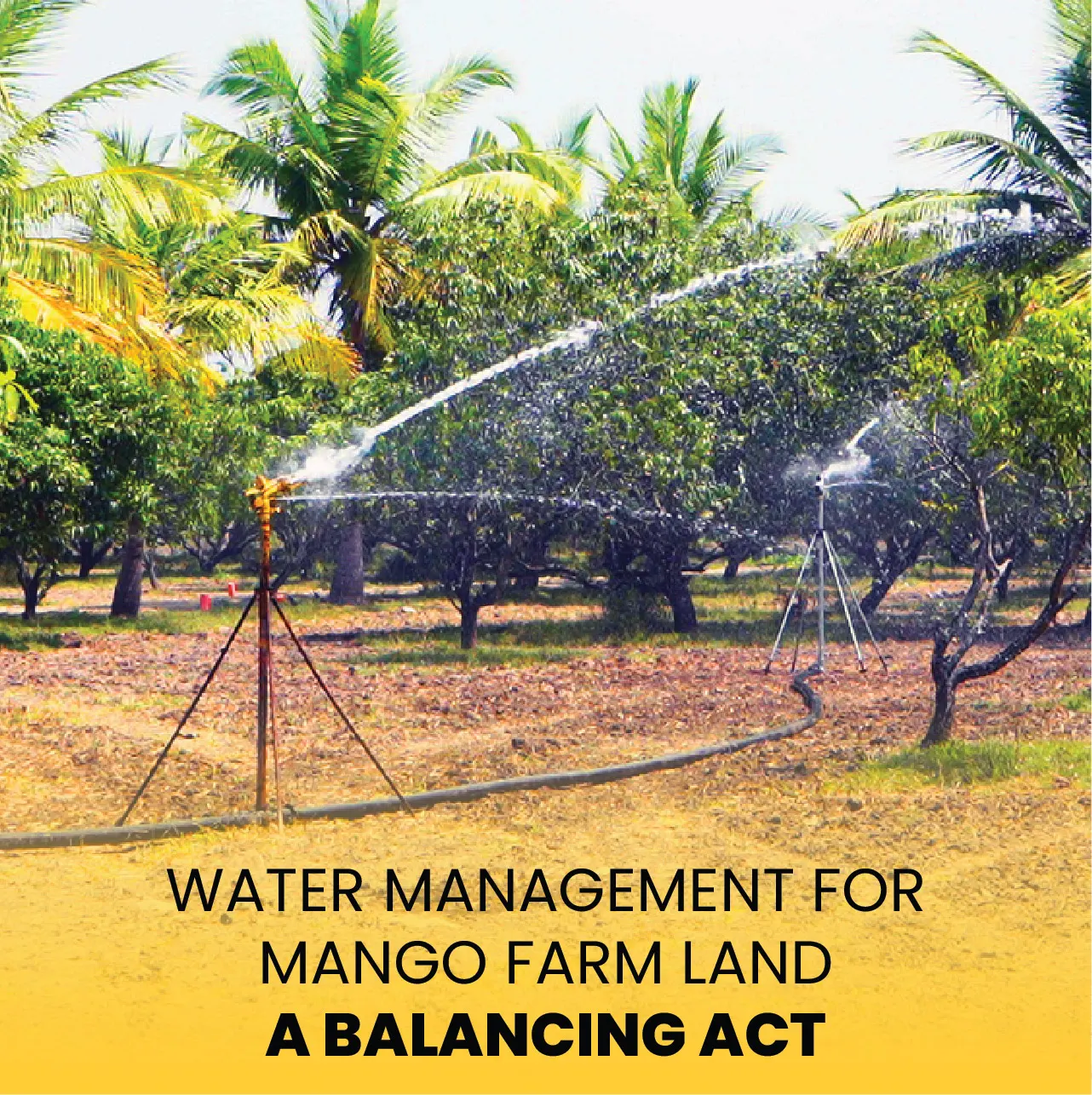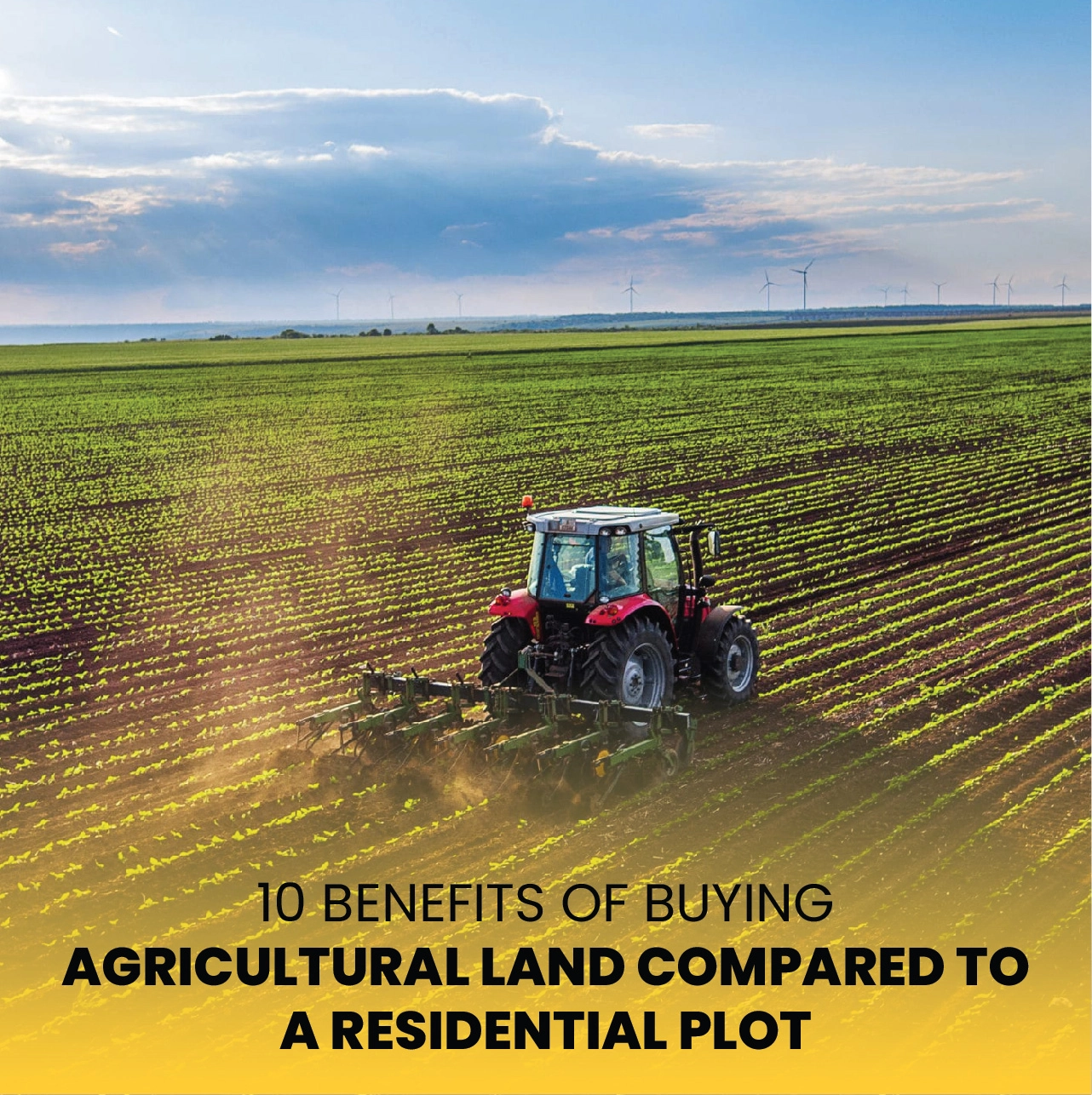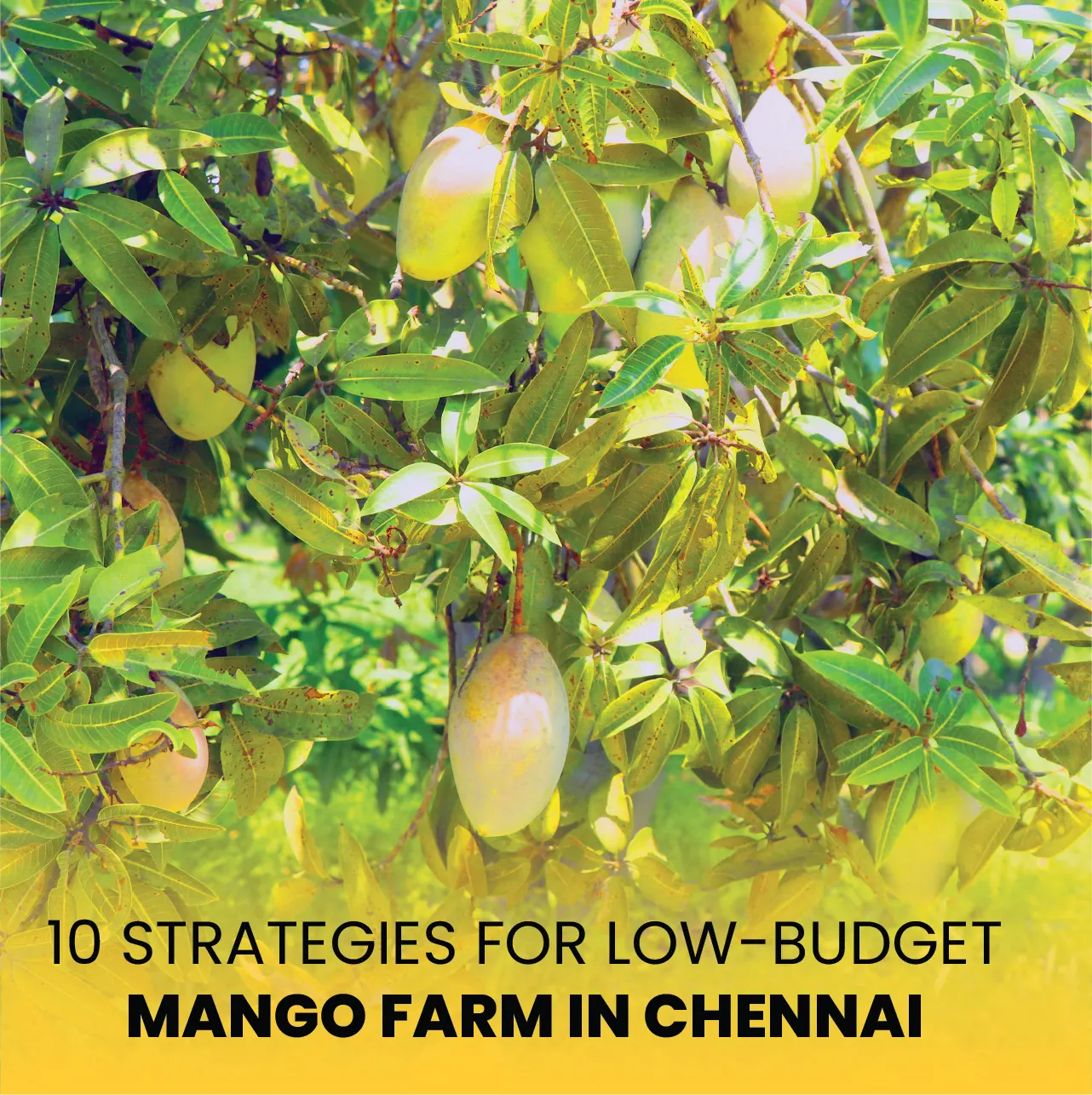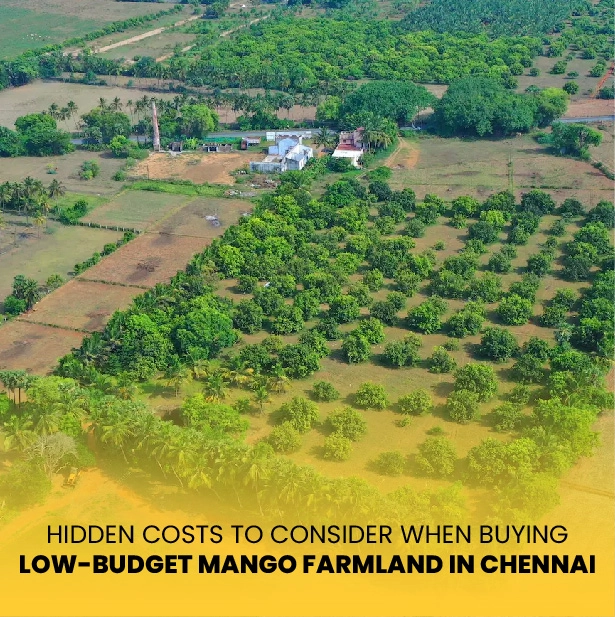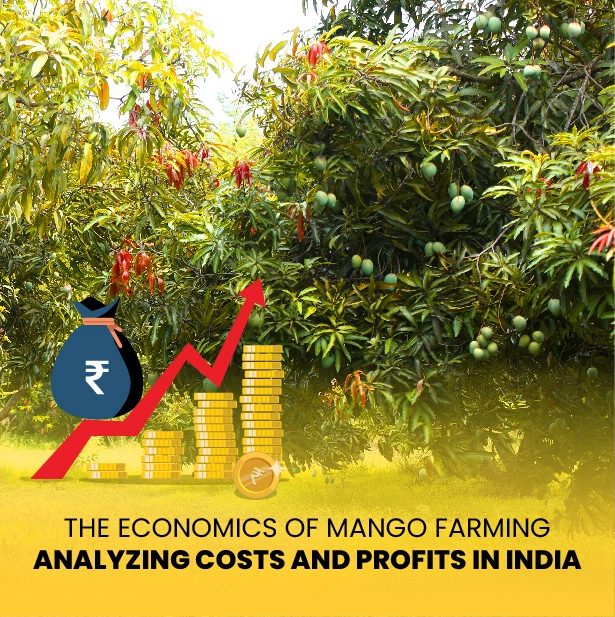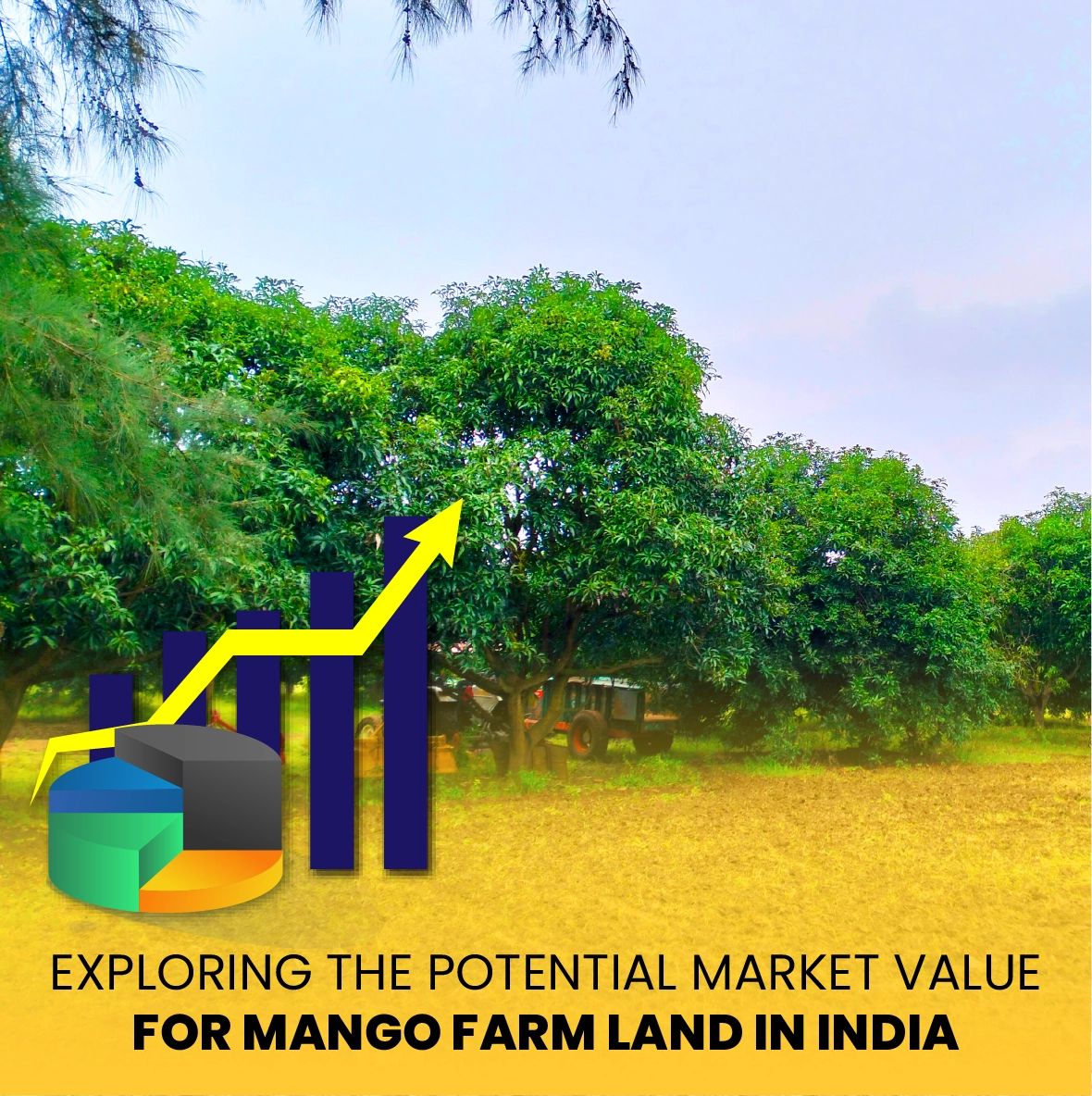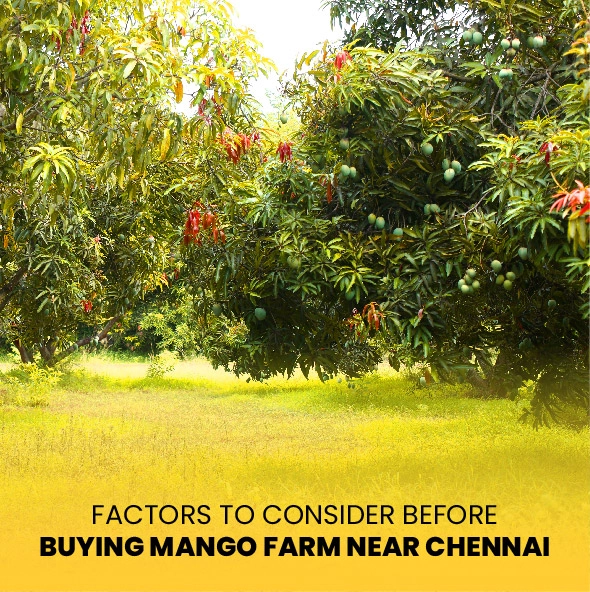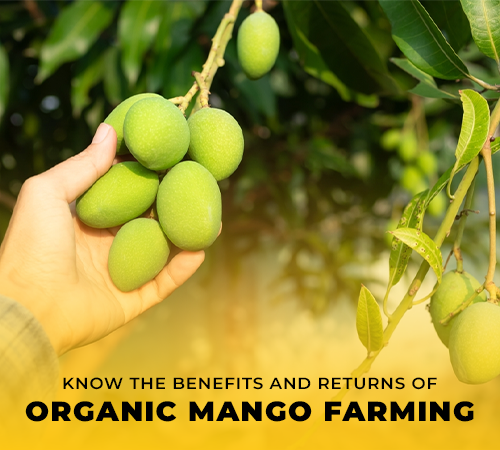Under his direction was Reliance Industries, headed by Mukesh Ambani and experiencing a major environmental crisis in the late 1990s. Known for its pollution, the Jamnagar refinery in Gujarat, one of the biggest refineries in the world, seriously degraded the surrounding land as well as the air. The problem inspired environmental authorities and local people to express strong disapproval, which led the company to seek a sustainable solution. Developed out of this need, the largest mango orchard in Asia, the Dhirubhai Ambani Lakhibag Amrayee, became an inspirational and distinctive project: turning barren and unclean spaces into these mango orchards. Investing in mango farms offers a special chance since it combines environmental sustainability with financial gains and a close relationship to nature. Among the many tales of agricultural success, the narrative of Dhirubhai Ambani's mango plantations shines out as a lighthouse of creative farming methods, visionary business, and sustainable development. This story captures the core of transforming a fantasy about agriculture into a reality bursting with life.

Legendary architect of India's industrial rebirth, Dhirubhai Ambani dreamed more than simply urban development and industrial strength. His vision included the lush agricultural fields, where he saw much opportunity for output and creativity. He founded the "Lakhibag Amrayee," an example of mango farming right in Gujarat's center. This project was not only about growing mangoes; it was a calculated attempt to show how current agricultural farming methods and ancient knowledge can coexist.
Ambani's mango farming management was deliberate and methodical. He saw the inherent worth of combining modern scientific techniques with traditional agricultural knowledge. This mix sought to guarantee environmental sustainability and economic feasibility while increasing output.
Using high-density planting methods was a major breakthrough for Lakhibag Amrayee. The farm maximized available space by grouping mango trees closely, resulting in a significant increase in yield per hectare. This approach allowed for more effective resource use, allowing for more fruit to be produced within the same territory.
Good mango cultivation is critically dependent on water management. The farm's modern drip irrigation systems provided precise water distribution to the roots of the plants. This method not only helped to save water but also encouraged better plant development, hence improving yields and fruit quality. The deliberate utilization of water supplies highlighted Ambani's dedication to environmentally friendly farming methods.
In appreciating the need for organic farming, Ambani was ahead of his time. At Lakhibag Amrayee, pesticide and chemical fertilizer use was limited. Instead, they employed organic farming techniques such as composting and natural pest control. This method guaranteed the creation of premium, chemical-free mangoes, therefore satisfying the increasing consumer demand for organic food and supporting environmental health.
Lakhibag Amrayee turned to Integrated Pest Management (IPM) techniques to guard the mango plantations against illnesses and pests. This strategy incorporated cultural traditions, biological control techniques, and sensible application of chemical treatments. IPM reduced the environmental impact by encouraging a balanced ecosystem inside the orchards, preserving the health of the plants.
Establishing Lakhibag Amrayee had significant social and financial effects. Economically, the farm produced significant returns, demonstrating how very beneficial agricultural investments may be. The superior mangoes produced by the farm guaranteed strong financial returns for investors because they commanded premium prices in both home and foreign markets.
Socially, many local households started depending on the farm for their income. It improved local abilities, created job opportunities, and helped the economies of nearby towns thrive. Moreover, the farm's success inspired other farmers to implement similar creative ideas.
Dhirubhai Ambani left the Lakhibag Amrayee as evidence of visionary leadership and creative farming. Even after his death, the farm continues to flourish, changing with new technologies and agricultural developments. Attracting visitors and agricultural specialists from all around the world, it is still serves as a benchmark for quality in mango farming.
The farm's continued success emphasizes the importance of ongoing education and adaptation in agriculture. Lakhibag Amrayee continues to set new sustainability and output benchmarks by embracing new technologies and approaches.
The account of Dhirubhai Ambani's Lakhibag Amrayee is an interesting one of how strategic planning and visionary ideas may revolutionize industry, including agriculture. It emphasizes the potential of mango farming as a sustainable and profitable investment, providing insightful knowledge for both investors and future farmers.
Ambani's efforts demonstrate that investing in mango farms goes beyond mere profit. It is about building a legacy of the environment, community growth, and sustainability. Lakhibag Amrayee's triumph is a constant source of inspiration because it demonstrates how creatively, diligently, and sustainably agriculture can be an effective engine of wealth and good change.



